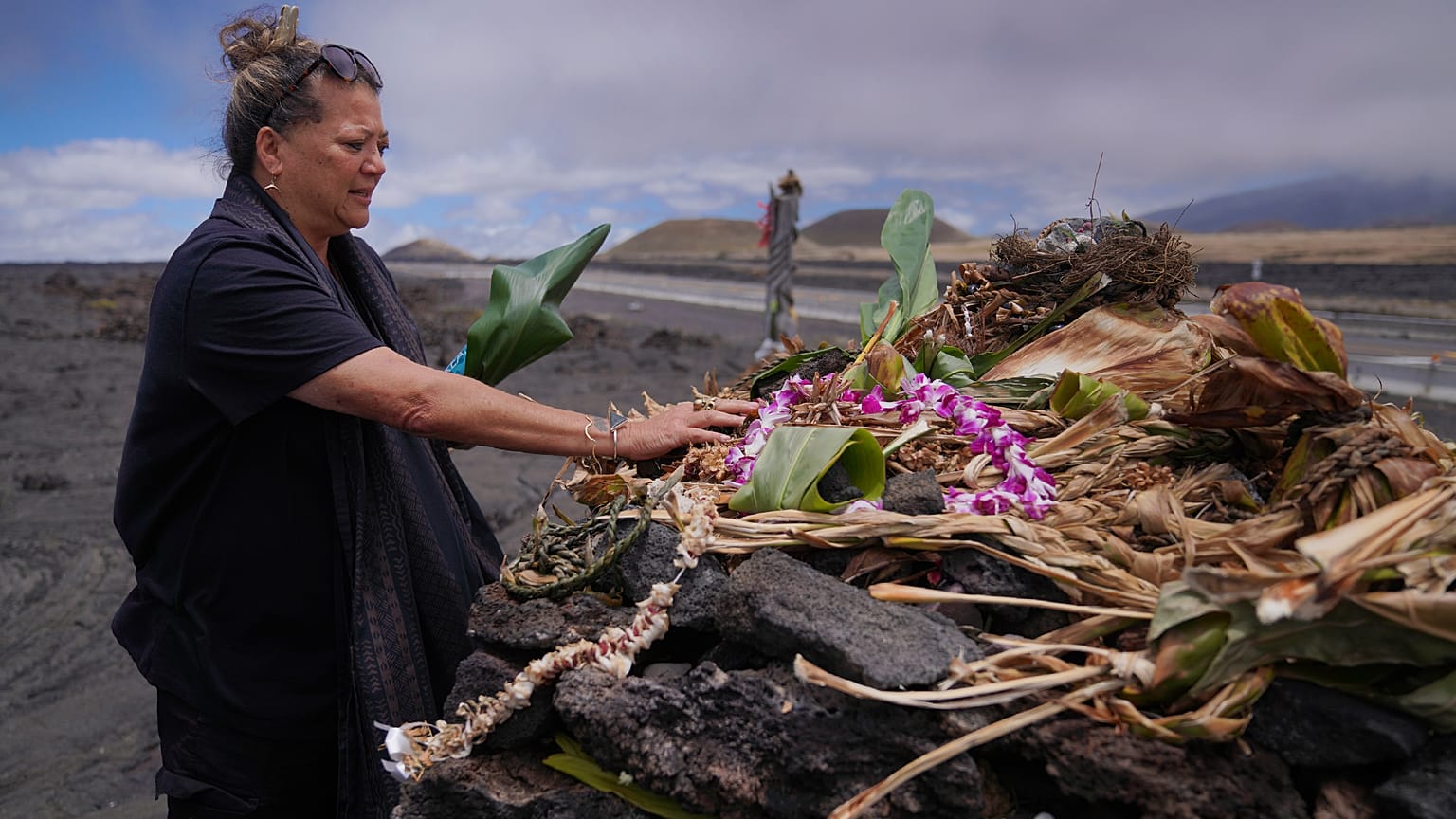Both indigenous activists and scientists believe the volcano holds answers to the mysteries of the universe but do not agree on how it should be used.
Located in the central Pacific Ocean, Mauna Kea is a prominent shield volcano and the highest peak in Hawaii.
Over the past 50 years, Mauna Kea has attracted astronomers due to the mountain’s flat shape, dry atmosphere, and limited light pollution, making it ideal for stargazing.
“It is a shield volcano that's on the island of Hawaii with Mauna Loa, another large shield volcano. Setting up a flow of air over the summit that is very stable and smooth,” said John O’Meara, the chief scientist at WM Keck Observatory.
"The US has no better site in any of the 50 states than Mauna Kea,” said Doug Simons, Director at the University of Hawaii Institute for Astronomy.
In 1968, Hawaii’s Land Use Commission 1968 designated the summit of Mauna Kea as a science reserve.
“Ironically, that's the most sacred space. That's Kukahauula [Snow God of Mauna Kea], that's where Poliahu (the snow goddess) lives,” said Shane Palacat-Nelsen, a cultural consultant at the University of Hawaii.
For Native Hawaiians, the summit holds ceremonial platforms, ancestral burial sites and an alpine lake they believe has healing powers.
Rarely do Native Hawaiian cultural and spiritual practitioners go up the mountain, but when they do for ceremonial purposes during the solstice and equinox, it takes them two weeks’ preparation.
“You guys drive up and down every day. That's where you work on our temple. That doesn't make sense to me,” said Palacat-Nelsen.
Both activists and scientists believe the mountain holds answers to the mysteries of the universe, but do not agree on how it should be used.
The tug of war between astronomers seeking cosmic revelations and Native Hawaiians shielding sacred traditions escalated in 2019 when an additional telescope, the Thirty Meter Telescope, was planned to be built.
Thousands of Native Hawaiians staged a year-long protest over the construction.
“We had spent years in court. We went to the Supreme Court trying to protect the land," said Pisciotta.
They say their goal was not to stop astronomers, but to stop bulldozers.
“Because Mauna Kea, regardless of its religious significance, is a conservation,” added Pisciotta.
As a result, the state of Hawaii passed a law, which gives both scientists and spiritual practitioners a say in the future of the mountain.
In 2022, a new authority with Native Hawaiians in key positions was established for the stewardship and care of Mauna Kea.
Since then, both parties started taking small steps toward a new dialogue.
“It's not science is not science versus culture, because our culture is science," said Palacat-Nelsen.
"It doesn't have to be a conflict if they just open up their minds and their hearts," he added.
There are a dozen telescope observatories built on the summit, all of which, according to O’Meara, are functional at the moment.
He believes the astronomical community needs to work with the Native Hawaiians to begin a process of decommissioning the telescopes which are less scientifically productive.
"We have to commit to a process where we begin to decommission the ones which are less scientifically productive over time," he said.
The University of Hawaii’s 65-year lease and sublease for summit lands are supposed to expire in 2033 with talks about renewing them ongoing.
For more on this story, watch the video in the media player above.


















